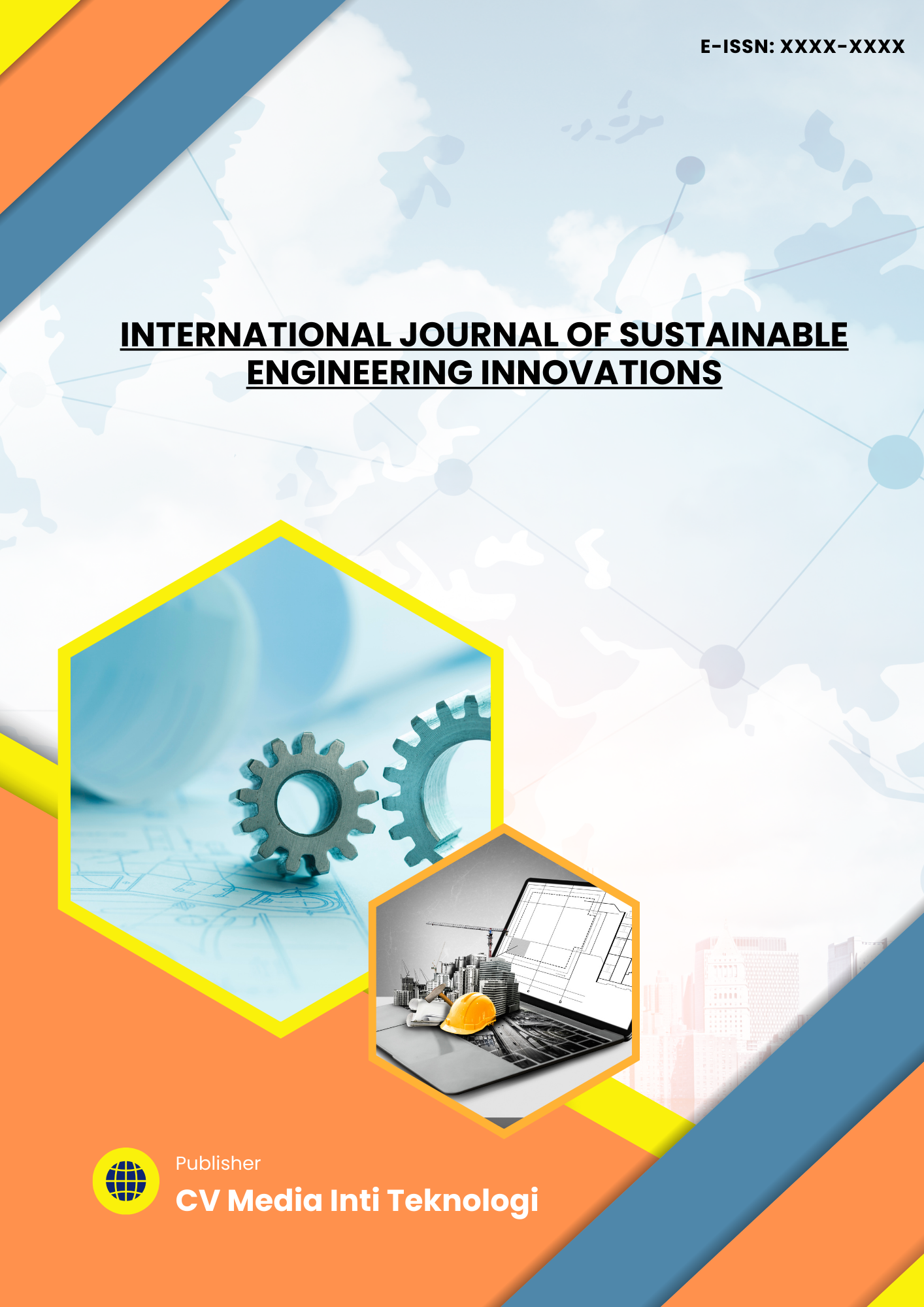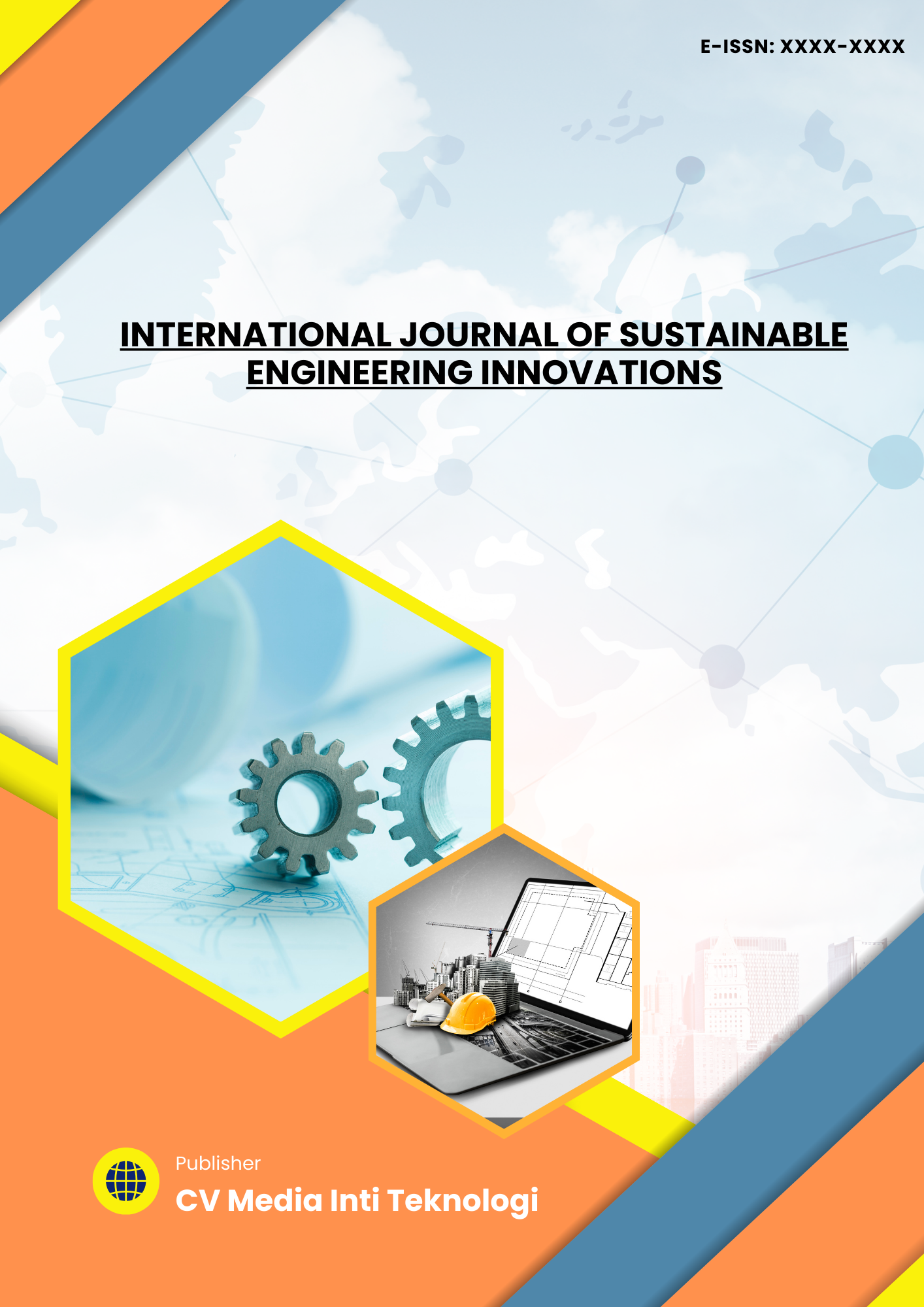Article Sidebar
Abstract:
Background of study: Kano Metropolis is experiencing rapid urban growth, creating an urgent need for a modern and efficient urban transport system. Among its key corridors, Zaria Road has emerged as a promising candidate for development using a Bus Rapid Transit (BRT) model to address the challenges posed by current informal and inefficient transportation modes. Aims and scope of paper: This study assesses the feasibility of BRT implementation on Zaria Road by examining traffic patterns, passenger flow, and key traffic nodes, leading to infrastructure and design recommendations. Methods: A mixed-method approach combined field surveys, traffic and passenger counts, questionnaires, and stakeholder interviews with secondary data from recent literature. The analysis used both descriptive and inferential statistics. Result: Public transport on Zaria Road is largely informal, with 65% of operators unlicensed. Tricycles dominate at 67%, averaging 37,198 daily—far surpassing buses and taxis. Peak hours (5–6 a.m. and 9–10 a.m.) see up to 18,960 passengers, mainly commuting from residential areas to key hubs like motor parks, markets, and hospitals. Conclusion: Zaria Road's 90-meter right of way and high passenger demand make it well-suited for BRT development. A 15.9 km corridor with 54 proposed stops is recommended, supported by public-private partnerships and tricycle restrictions to ensure success.
Keywords: Bus Rapid Transit, Transport, Transport Corridor Planning, Zaria Road
References
Cervero, R. (2013). Bus Rapid Transit ( BRT ) An Efficient and Competitive Mode of Public Transport. December, 1–36.
Jagiełło, A. (2017). The role of the Bus Rapid Transit in public transport. Transportation Overview - Przeglad Komunikacyjny, 2017(2). https://doi.org/10.35117/ 170201
Levinson, H. S., Zimmerman, S., Clinger, J., & Rutherford, D. C. S. (2002). Bus Rapid Transit: An Overview. In To the Journal of Public Transportation (Vol. 5, Issue 2).
Omar, A., Lamin, F., & Osman, M. R. (2017). Bus Rapid Transit in Malaysia , a Revifile:///C:/Users/acer/Desktop/82215657_2.pdfew on Recent Developments. 35(10), 2235–2244. https://doi.org/10.5829/idosi.wasj.2017.2235.2244
Pyddoke -VTI Bård Norheim -Urbanet Analyse Mari Fossheim Betanzo -Urbanet Analyse, R. (2017). A Model for Strategic Planning of Sustainable Urban Transport in Scandinavia-A Case Study of Uppsala A Model for Strategic Planning of Sustainable Urban Transport in Scandinavia A Model for Strategic Planning of Sustainable Urban Transport in Scandinavia 3.
Vermeiren, K., Verachtert, E., Kasaija, P., Loopmans, M., Poesen, J., & Rompaey, A. Van. (2015). Who could benefit from a bus rapid transit system in cities from developing countries ? A case study from Kampala , Uganda. JOURNAL OF TRANSPORT OF GEOGRRAPHY, 47, 13–22. https://doi.org/10.1016/j.jtrangeo.2015.07.006
Wright Hook. (2007). The Bus Rapid Transit Planning Guide | Public Private Partnership. https://ppp.worldbank.org/public-private-partnership/library/bus-rapid-transit-planning-guide


